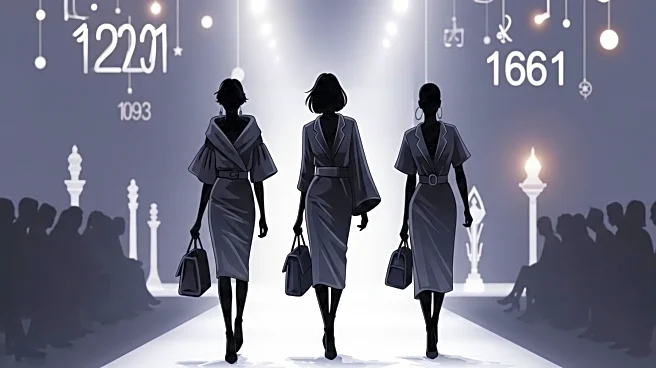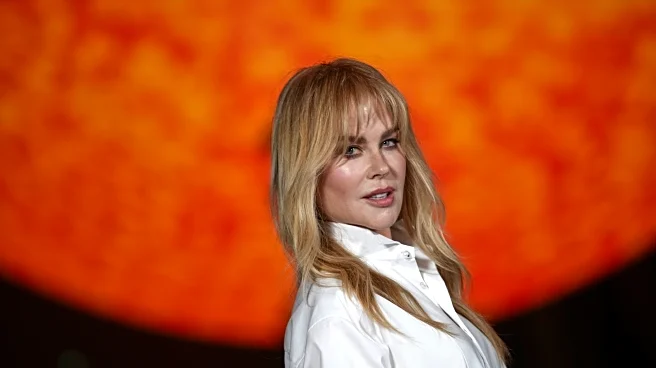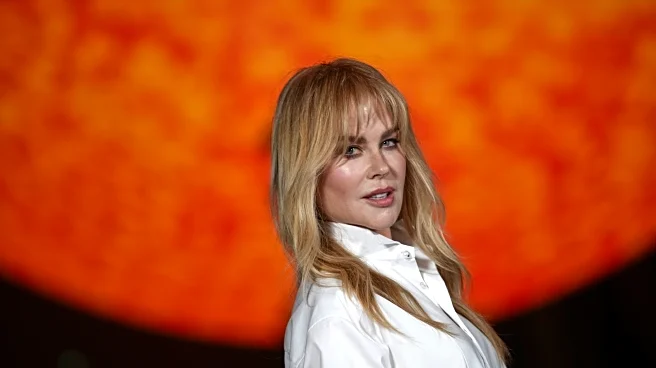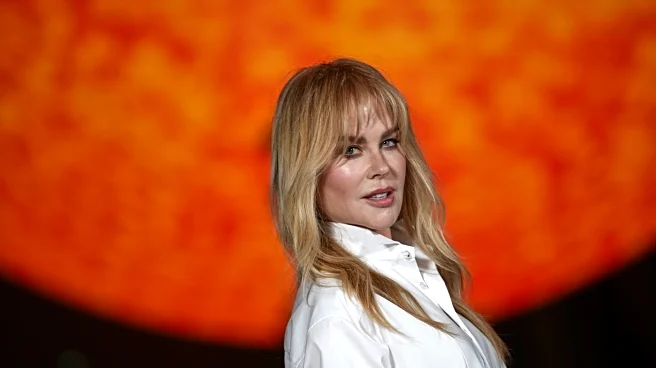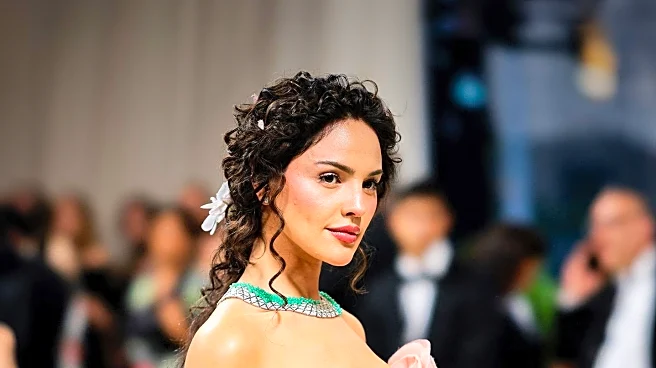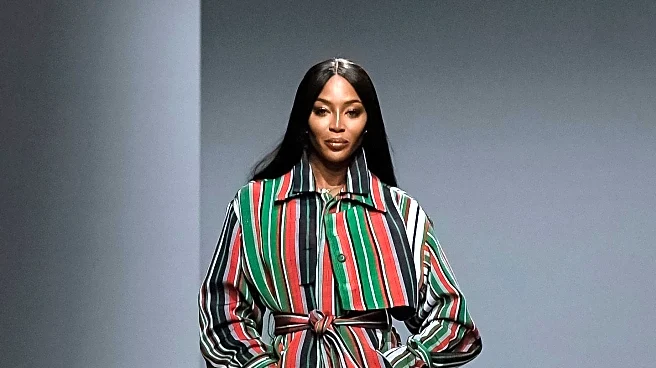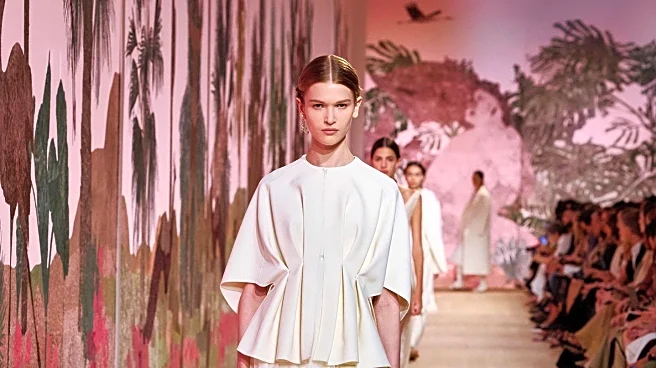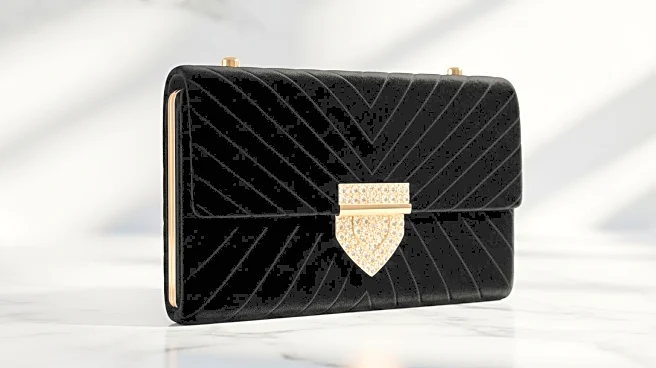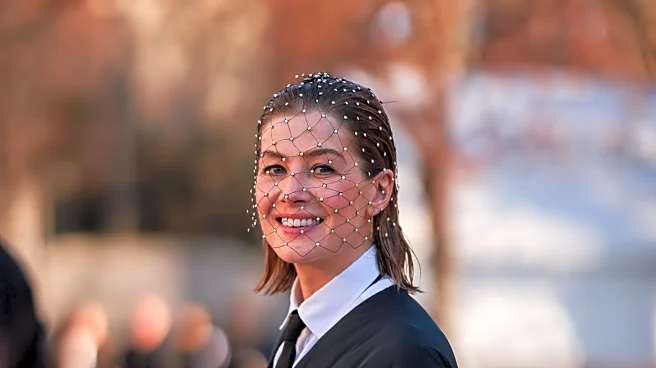What's Happening?
The recent fashion season in Paris has been marked by significant changes and debates within the industry. Designers have been swapping houses, leading to a mix of innovation and stagnation. Notable shifts include Matthieu Blazy's debut at Chanel, where he deconstructed house codes, and Jonathan Anderson's playful abstractions at Dior. Pierpaolo Piccioli's collection at Balenciaga showcased a blend of elegance and casual elements. Duran Lantink's provocative debut at Jean Paul Gaultier was a standout moment, challenging norms with hypersexuality and mock-nudity. Despite these changes, the season was characterized by a general reluctance to take risks, with many collections opting for a diverse range of styles rather than a singular fashion statement.
Why It's Important?
The changes in the fashion industry reflect broader trends in creative direction and brand identity. The recirculation of designers among major fashion houses highlights the industry's struggle to balance innovation with commercial viability. This season's developments could impact how brands approach their identity and market positioning, potentially influencing consumer perceptions and sales. The reluctance to take risks may indicate a shift towards safer, more commercially driven collections, affecting the industry's ability to push creative boundaries. As designers adapt their signature styles to new labels, the industry faces the challenge of maintaining brand uniqueness while appealing to diverse customer bases.
What's Next?
The fashion industry may continue to see designers moving between houses, leading to further debates on creative direction and brand identity. Stakeholders, including fashion critics and consumers, will likely scrutinize upcoming collections for signs of genuine innovation versus commercial strategy. Brands may need to reassess their approach to risk-taking and creativity to remain relevant in a competitive market. The industry's response to this season's changes could shape future trends, influencing how fashion houses balance artistic expression with business objectives.
Beyond the Headlines
The ethical and cultural implications of this season's changes are significant. The focus on hypersexuality and provocative designs raises questions about the industry's role in shaping societal norms and values. Additionally, the blending of high fashion with working-class elements, such as the apron at Miu Miu, challenges traditional class distinctions and could influence cultural perceptions of fashion. The industry's ability to navigate these complex issues will be crucial in maintaining its relevance and integrity.

